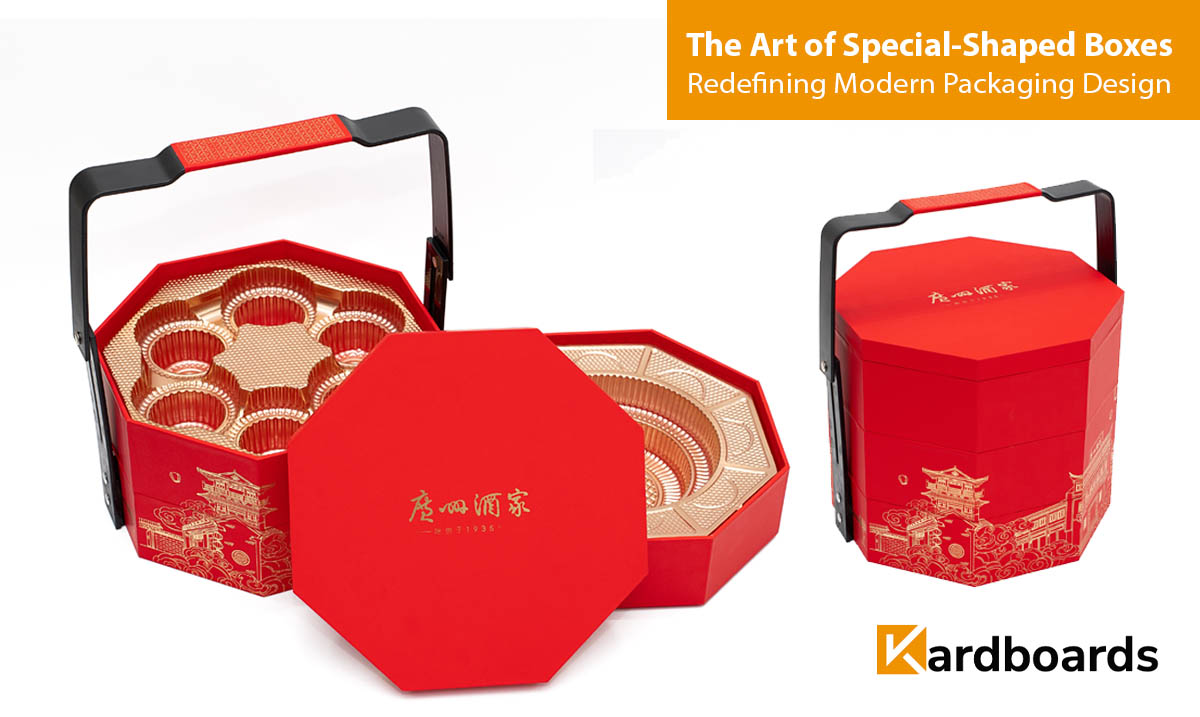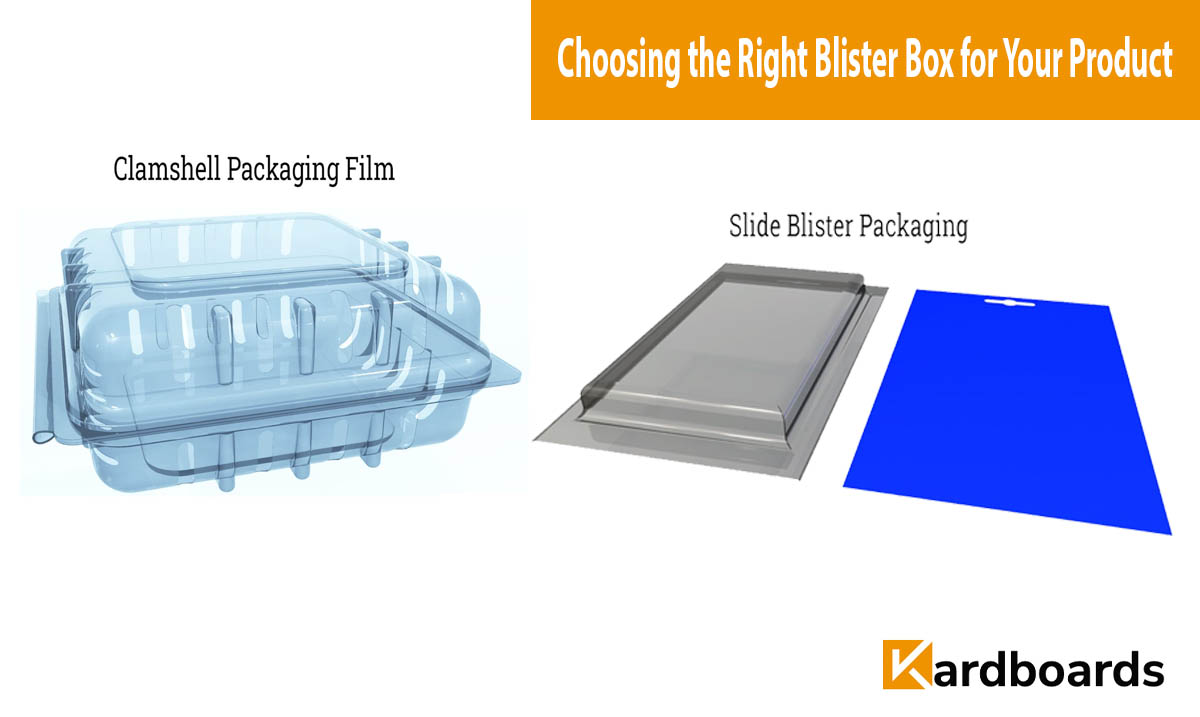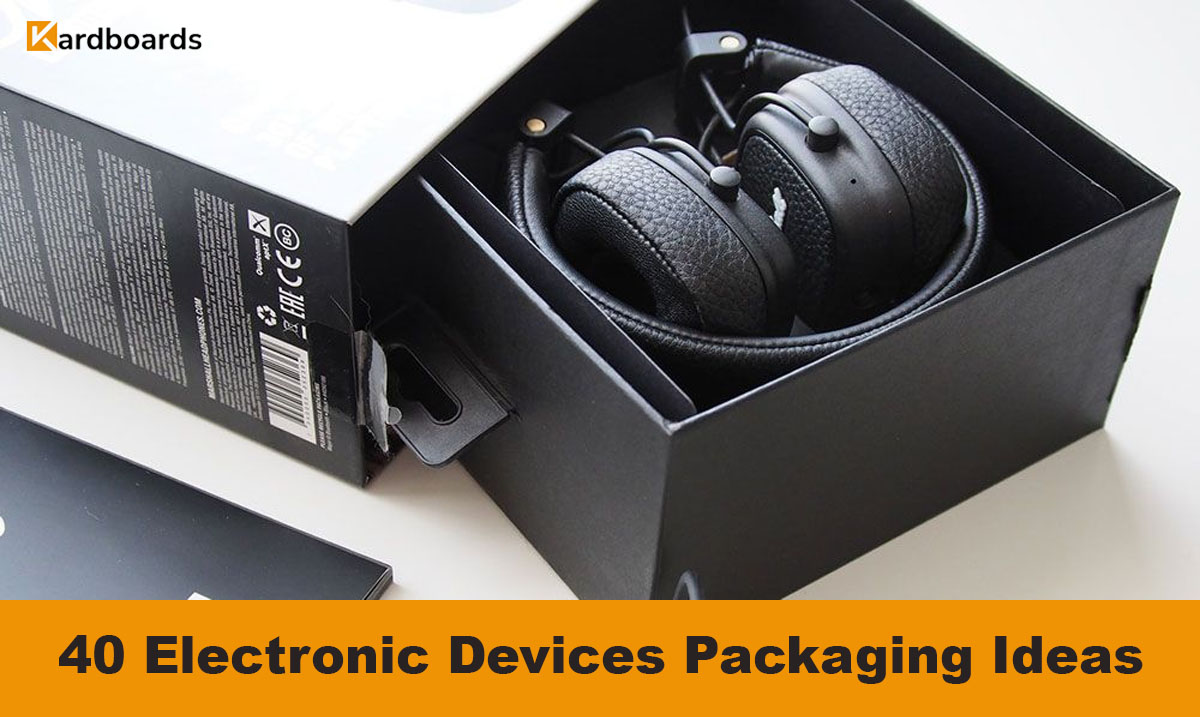
Packaging is no longer just about protection — it’s an expression of identity, luxury, and creativity. Special-shaped boxes are leading this transformation, turning ordinary packaging into captivating brand experiences. From perfume bottles nestled in geometric boxes to cosmetics housed in heart-shaped or hexagonal cases, these designs define how customers perceive premium brands.
At Kardboards, we specialize in crafting innovative packaging that balances aesthetic design with functional engineering. Our team merges precision die-cutting, sustainable materials, and modern printing technologies to deliver boxes that truly stand out on retail shelves and digital platforms alike.
What Makes Special-Shaped Boxes Unique?
Unlike traditional square or rectangular packaging, special-shaped boxes feature custom contours and forms tailored to the product’s shape or brand theme. They can include:
- Heart, hexagon, triangle, or oval designs
- Multi-level structures and magnetic closures
- Die-cut windows and embossed or foil-printed surfaces
- Layered inserts for visual depth and protection
These creative forms enhance unboxing experiences, improve brand recall, and encourage social media engagement — vital for modern e-commerce marketing.
Engineering Meets Art — Kardboards’ Design Philosophy
Creating special-shaped boxes is a blend of structural intelligence and aesthetic harmony. Kardboards’ designers collaborate closely with engineers to ensure every curve and cut serves both visual appeal and product safety. Advanced CAD modeling, 3D sampling, and precision die-cutting allow for high accuracy in every production stage.
Our Process Includes:
- Concept Development: Translating your product and brand essence into tangible design concepts.
- Material Selection: Using premium paperboard, kraft, or coated boards for strength and sustainability.
- Printing & Finishing: Utilizing digital printing, embossing, UV spot coating, and metallic foiling for luxury appeal.
- Assembly & Quality Control: Ensuring flawless alignment, durability, and presentation consistency.
Sustainability in Creative Packaging
Even with intricate designs, sustainability remains central to Kardboards’ philosophy. We use FSC-certified paper, soy-based inks, and recyclable coatings to minimize environmental impact. Our production systems are optimized for minimal waste and maximum efficiency, making eco-friendly creativity possible at scale.
This approach helps global brands meet green compliance standards while maintaining luxury aesthetics — proving that sustainability and elegance can coexist beautifully.
Applications Across Industries
Special-shaped boxes are revolutionizing packaging across multiple industries:
- Luxury & Cosmetics: Distinctive shapes amplify shelf presence and premium perception.
- Gifts & Confectionery: Unique boxes elevate gifting experiences with artistic flair.
- Jewelry & Watches: Precision-cut interiors ensure security with elegance.
- Tech & Lifestyle: Custom-fit boxes reflect innovation and modern minimalism.
Why Brands Trust Kardboards
From concept to global delivery, Kardboards ensures every special-shaped box meets international quality standards and brand-driven design goals. Our flexible production and export-ready logistics make us a trusted partner for packaging distributors, brand agencies, and OEM manufacturers across Europe, the USA, and Asia.
Frequently Asked Questions
What materials are used in special-shaped boxes?
Kardboards uses high-strength paperboard, rigid chipboard, coated papers, and eco-friendly options like kraft and recycled boards — ensuring durability and sustainability.
Can I customize the shape and print of my packaging?
Absolutely. Every box is tailor-made with custom dimensions, shapes, print finishes, and coatings to match your brand’s visual identity.
Are these boxes suitable for luxury and retail products?
Yes. Special-shaped boxes are ideal for luxury goods, beauty products, jewelry, and gifting — where premium aesthetics matter most.
Does Kardboards export special-shaped boxes internationally?
Yes, Kardboards exports to global markets including Europe, the USA, and Southeast Asia — with strict QC standards and export-grade packaging.


